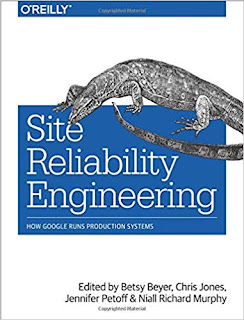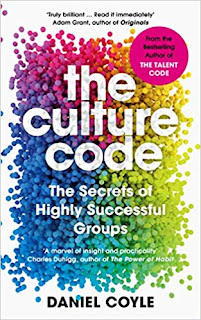How I manage my email

A colleague was noting that he was wanting a better approach to manage his email so I thought I should document what I have been doing for several years now and has been (mostly) working for me. The general concept is that I aim to have nothing in my Inbox at the end of each day. The approach I have been using builds on top of Getting Things Done (GTD) , Inbox Zero and the Eisenhower Matrix to prioritise it. Ideally as soon as an email arrives and I get around to looking at, I move it to an appropriate folder to action later, respond straight away, file it away in my archive folders or delete it. In reality I often end up going through what is still lingering in my Inbox at the end of the day and do this. I have some key folders setup: 1. Action - Urgent and Important 2. Action - Urgent but not Important 3. Action - Not Urgent but Important 4. Action - Not Urgent and Not Important Casual Reading These are the key folders I use for determining the priority of ac...


